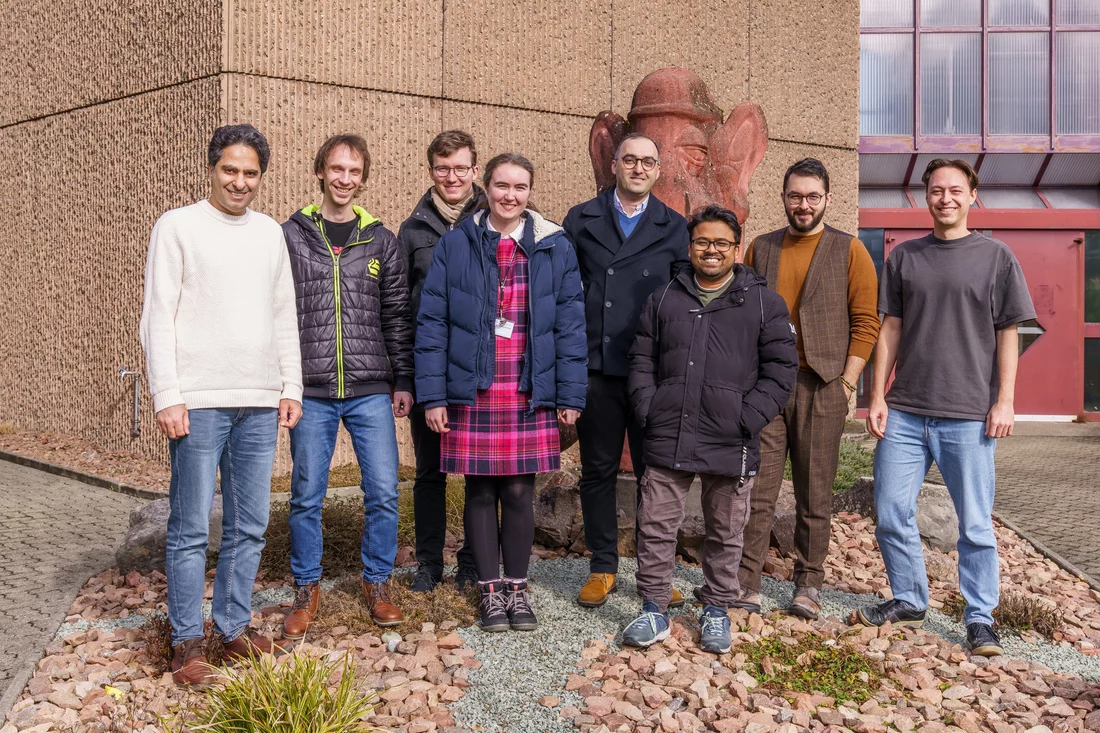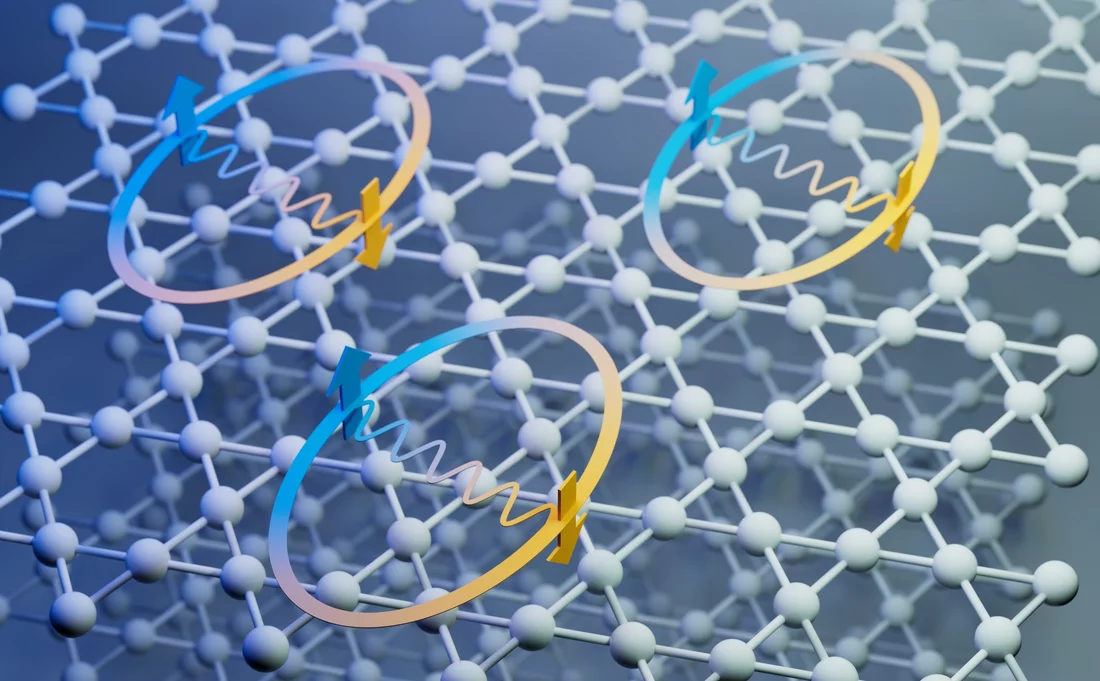Emergent Quantum Phenomena in Layered Materials (E-QuP)
Discovering, classifying and understanding phases of quantum matter is a core goal of condensed matter physics. In this respect, layered systems with highly anisotropic electronic properties have been found to be potential hosts for rich, unconventional and exotic quantum states. The prominent classes of layered materials are the transition metal dichalcogenides (TMDs) and the kagome-lattice systems.
Two-dimensional (2D) layered materials (TMDs) and topological kagome-lattice systems with long-range entanglement have become among the most actively studied quantum many-body systems in condensed matter physics emerged in the last decade, as also reflected in two recent physics Nobel prizes: 2010 for graphene and 2016 for topological concepts in condensed matter physics. Recent discovery of flat-band superconductivity in twisted bilayer graphene and the parallel discovery of defect-induced magnetism in semiconducting TMDs further promoted resurging interests in 2D materials as a means to explore unconventional superconductivity and novel magnetic semiconductors, which can be produced as very stable thin layers and incorporated in spintronic devices. Furthermore, the topological charge order with orbital currents on a kagome lattice of KV3Sb5 that breaks time-reversal symmetry was discovered very recently, which is analogous to the long-sought-after quantum order in the Haldane model in graphene or Varma model in cuprate high-temperature superconductors. The topological character of states of matter has also profound physical consequences, such as the dissipationless quantized electron transport in the quantum Hall effect (QHE) and the emergence of Majorana fermions, quasiparticles that can serve as a platform for quantum computation. Not always we can find any simple observable that is quantized. But phases with a topological non-trivial character may often host such quantized properties which are robust against perturbations. This universality and robustness renders them relevant for a range of potential technological applications for new ways of energy-efficient information processing, such as quantum computing. The study of topological materials in recent years has been focused on topological insulators, non-magnetic Weyl semimetals and topological superconductors. Magnetically induced topological systems have been less explored. Among them, magnetic Weyl semimetals are topological materials expected to host Weyl fermions as emergent electronic quasiparticles and to display fascinating interplay between the topological invariants and magnetic order.
We employ several experimental methods by exploiting state of art instrumentation at large scale facilities (Muons, Neutrons, Photons) to construct, identify and characterize unconventional/topological magnetic, superconducting and charge ordered phases of quantum matter in the layered kagome-lattice systems and layered semiconducting TMDs. Moreover, we explore the tunability of magnetism, superconductivity and crystal structure in the cuprate high-temperature superconductors. These new phases, when realized in experiments, have the potential to result in a range of applications from future electronics and spintronics devices all the way to quantum state manipulation and quantum computing in solid-state systems. The specific goals of our research are:
A) To discover novel magnetically induced topological phases in various bulk and thin films of kagome-lattice metals and control as well as manipulate topological fermions via external parameters through tuning magnetic interactions.
B) To microscopically explore superconducting pairing and the TRS breaking nature of charge order and superconductivity in kagome-lattice systems.
C) To understand generic aspects of non-Bardeen-Cooper-Schrieffer (BCS) behaviors in unconventional superconductors, including TMDs.
D) To explore novel characteristics of defect-induced magnetic phases in semiconducting TMDs.
E) To Design the cuprate phase diagram through uniaxial-stress.
As a methodological advancement, we employ powerful tuning parameters such as uniaxial stress, hydrostatic pressure, organic cation intercalation, particle irradiation, sample thickness and magnetic field.

